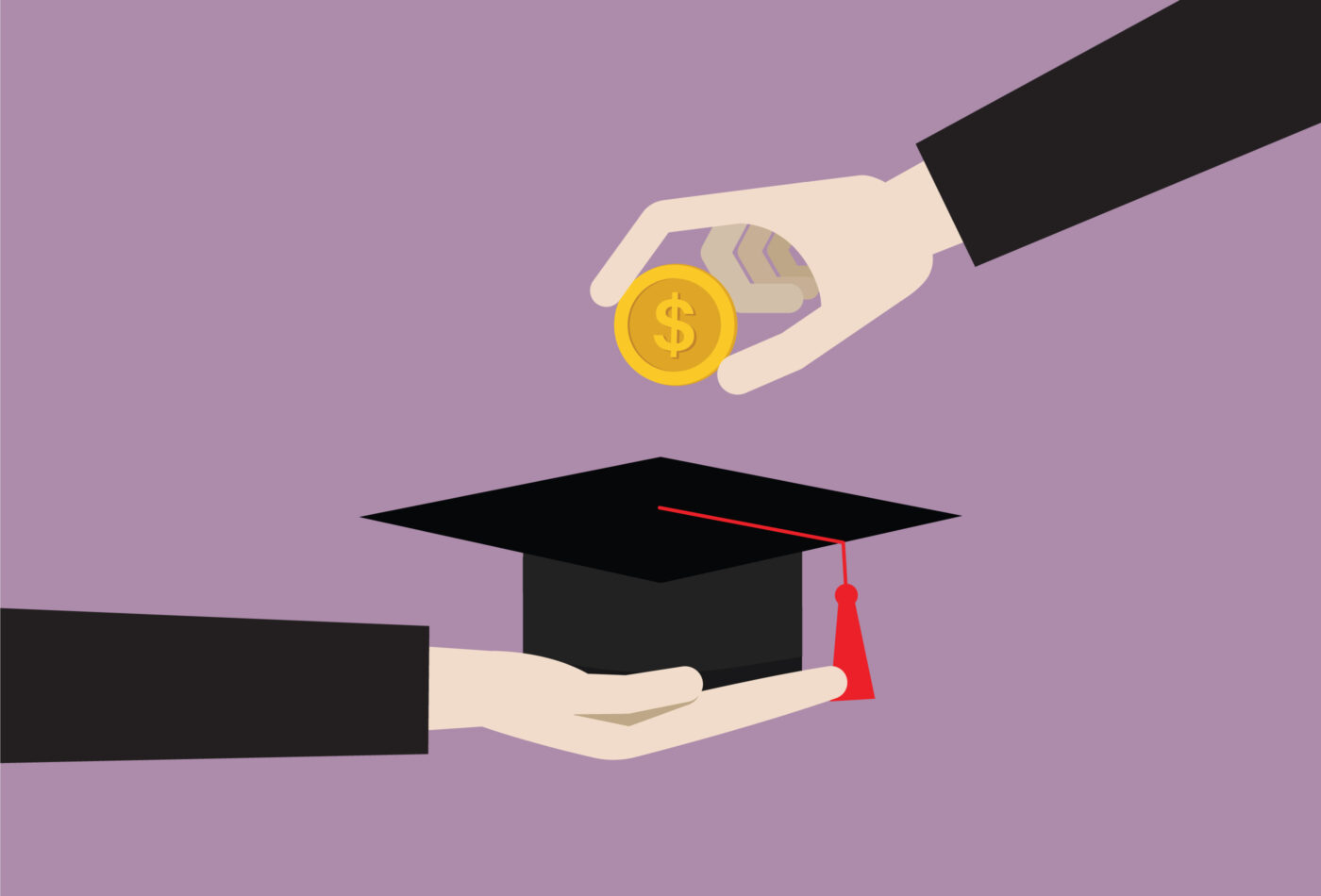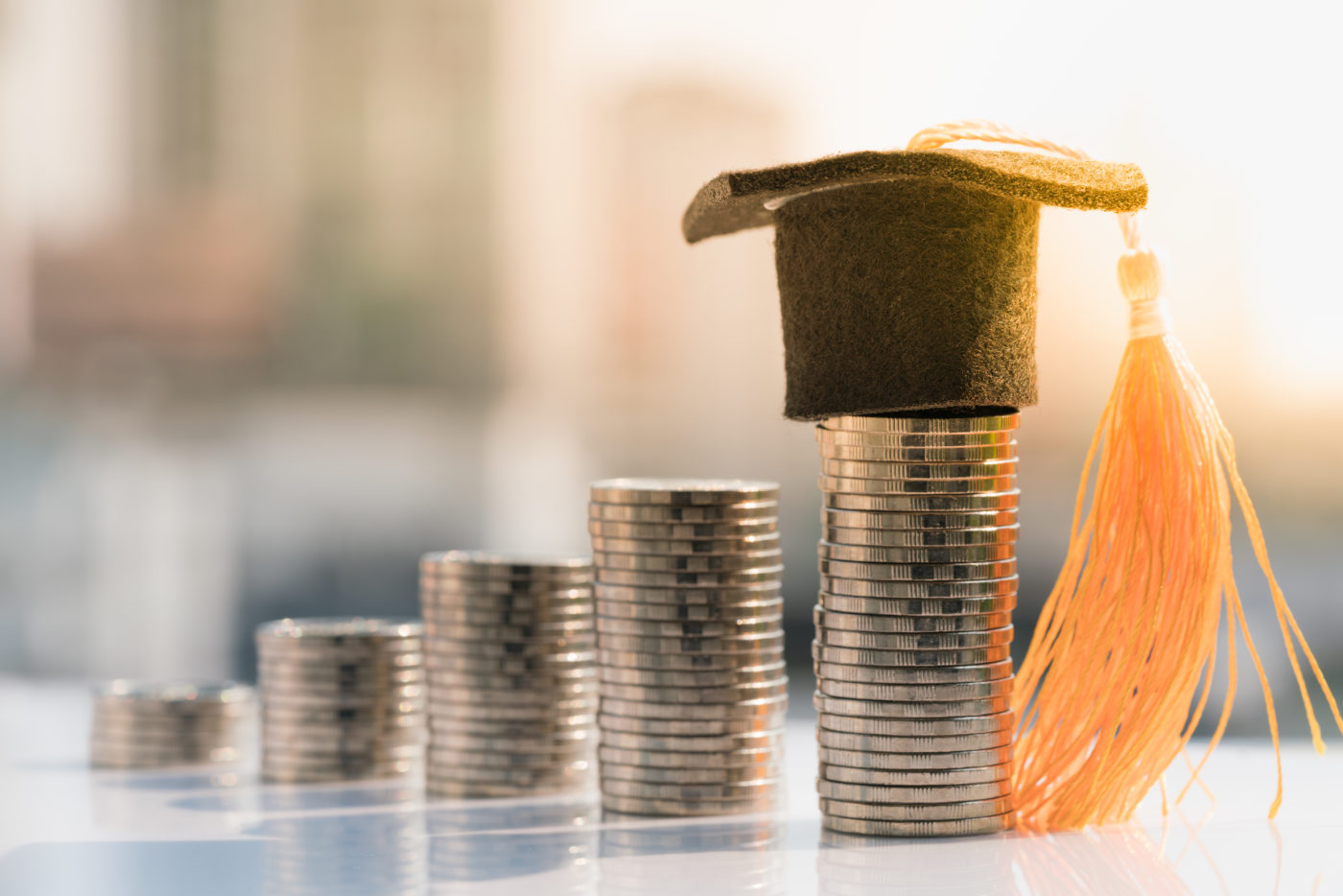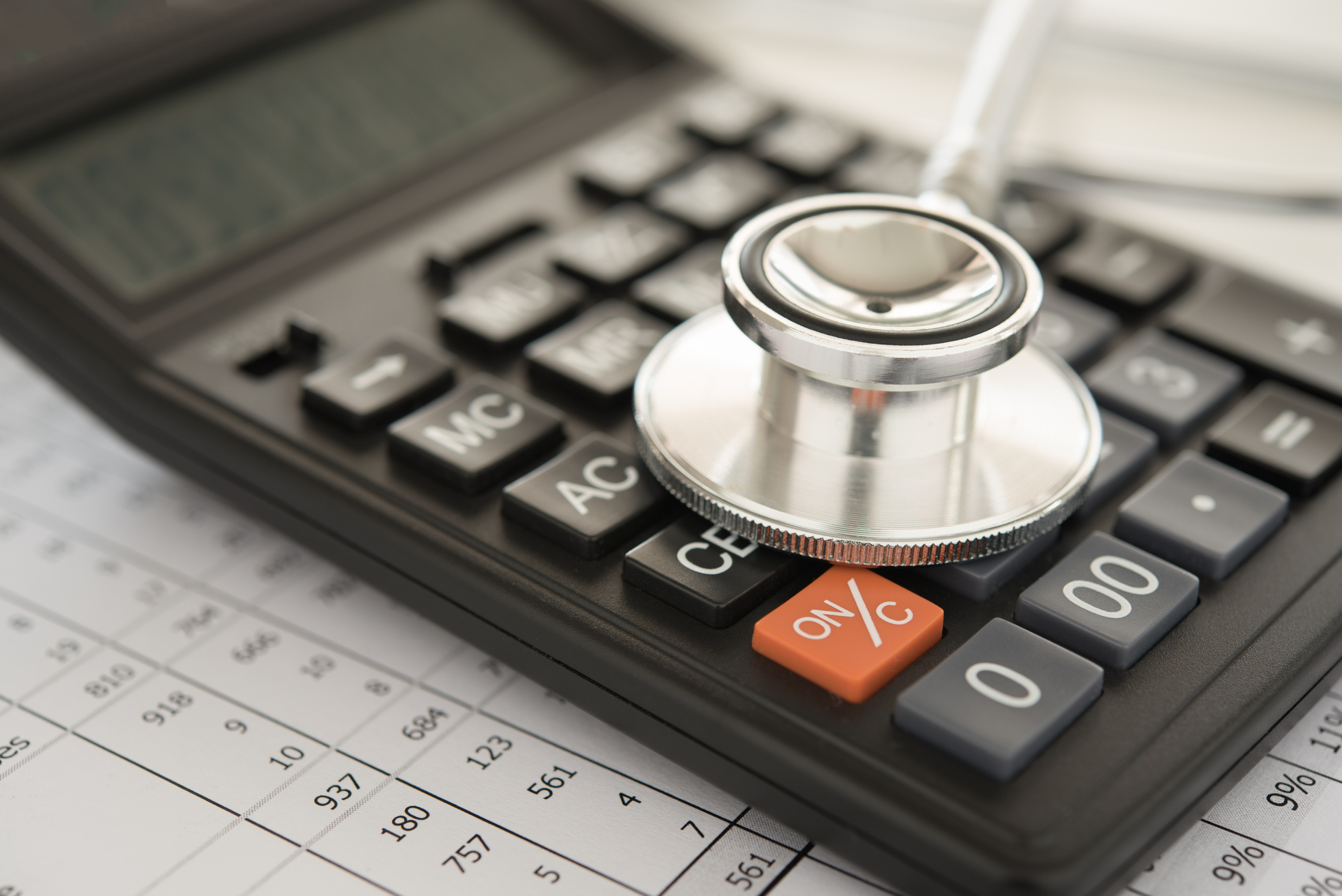Introduction
The Biden-Harris administration made headlines this past week when they announced federal student loan forgiveness for former and current students with student debt. But what does Biden’s student loan forgiveness mean for past and present medical students?
It’s no secret that medical school comes with debt and a lot of it, whether from undergraduate-level studies or from medical school courses. The amount a medical student owes upon graduation can be jaw-dropping, to say the least. We’ll discuss more of that later in this blog.
If you haven’t already guessed, today’s blog explains exactly what you need to know about federal student loan forgiveness and how you can know whether it applies to you. Keep reading to learn more.
Am I Eligible?
Whether you’re eligible for Biden’s student loan forgiveness depends on your income level and what type of federal student loans you received. It also depends on when you took out your student loans. Do you make equal to or less than $125,000 per year as an individual? Or, if you’re married, is your combined income under $250,000? If so, you are eligible for student debt forgiveness.
Unfortunately, if your income levels are over those amounts, you aren’t eligible. The Biden-Harris administration may make changes to income levels at a future date, but as of right now, you must fall into those income brackets.
Additionally, Biden’s student loan forgiveness only applies to federal student loans from before July 2022. Federal undergraduate, graduate, Parent PLUS, and Pell Grants are all eligible for student loan forgiveness. If you received your loans through a private lender, your loans will not be forgiven through this program. Other programs may be available to help you, though. It’s worth researching!
How Much Is Being Forgiven?
How much will be forgiven depends on how much student debt you have and what type of loan you have. If you received a federal student loan, up to $10,000 will be forgiven. If you received a federal Pell grant loan, up to $20,000 will be forgiven.
If you have over $10,000 in non-Pell loans, then $10,000 of it will be forgiven. But say you have $8,500 left. In that case, your balance would be wiped out. The remaining $1,500 that would have been forgiven will go to help another student who is also eligible for Biden’s student loan forgiveness.
If you aren’t sure which type of loan you have, check your account through your student loan provider. The type of loan you received will be available, along with other information. You can easily know if you’re eligible for Biden’s student loan forgiveness plan.
How Do I Apply?
For students whose income has been reported to the Department of Education, you don’t need to do anything. If the Department of Education doesn’t have your income information, you will be sent a form to fill out. This form will come through your student loan provider or directly from the Department of Education.
Outside of providing income information, you don’t need to apply for Biden’s student loan forgiveness plan. In fact, beware of scammers who want you to think that you do! If you are contacted by anyone else requesting information or claiming that anything is urgently needed, you should report them to the Federal Trade Commission. They are scammers trying to get personal information from you to steal your identity.
What If I’m A Current Student?
The good news is that Biden’s student loan forgiveness applies to anyone with student debt, past or current. Whether you’re a medical school freshman or finishing up residency, you’re eligible for federal student loan forgiveness, provided that you fall within the income brackets.
What If I’m In Residency?
Many medical students completing their residency are finally starting to earn money, but they aren’t earning more than $125,000, making them the perfect candidate to have some of their student debt forgiven.
What If I’m A Doctor?
The answer is the same. If you fall within the income brackets, you’re eligible for student debt forgiveness. If your income exceeds the amounts established by the Biden-Harris administration, then you’re likely earning enough income to be able to continue making your payments. Most doctors make upwards of at least $200,000 once they’ve finished residency and are practicing medicine without supervision.
Student debt forgiveness is meant for individuals who are struggling to make payments or pay off their student debt. Doctors earning $200,000+ aren’t in that position.
How Much Will It Really Help?
It might not seem like $10,000 or $20,000 in student debt forgiveness will really add up to that much when you might have over $100,000 in student debt. But the reality is that every bit helps. The set income brackets are for a reason. If you make under $125,000, it will be significantly more difficult for you to pay off all of your student debt.
Think of how long it will take you to pay off your student debt in $10,000 increments and add it all up. Then, subtract $10,000 or $20,000 (whichever applies to you) from that, and you’ll see how much it will help you. Every little bit truly does help.
Why It Matters for Medical Students
In 2021, nearly three-fourths of all medical school graduates had student debt, with most of that debt being from federal student loans. The average medical student has $27,000 in student debt. And that’s the amount leftover from what they’ve already paid off since they graduated.
While that might seem like a lot of debt – an irresponsible amount, really – it’s not when compared to how much medical school costs. Most public medical schools cost over $250,000 for a four-year medical school education, and most private medical schools cost over $350,000. And that doesn’t come close to covering dual-degree programs or MD/PhD programs.
If you make over $125,000 in a year, you’ll be able to pay off your student debt in a feasible time frame, provided that you budget well. But if you make less than that, you’ll struggle to pay it off. No doctor wants to be in debt forever!
What It Means for the Future
The Biden-Harris administration is working to make paying off student debt easier, even beyond forgiving up to $20,000. In the future, income-driven repayment plans could be reduced from 10 percent of your income to five percent. The income criteria surrounding this adjustment has yet to be announced, but it holds hope for the future for students with federal student loans exceeding $10,000 or $20,000. Not only does it mean forgiveness now, but it means more reasonable payments in the future.
Conclusion
Biden’s student loan forgiveness will help millions of individuals who went to college and have student debt. This is true whether or not you graduated from college or whether or not you’re a medical school student.
For pre-med students looking into medical school for the first time, reach out to International Medical Aid for medical school admissions consulting. Whether you’re learning about how student loans work or working on your personal statement for your AMCAS, we can help. Contact us through our medical school admissions consulting page to get started. IMA is here to help you, wherever you are in your medical school journey.





